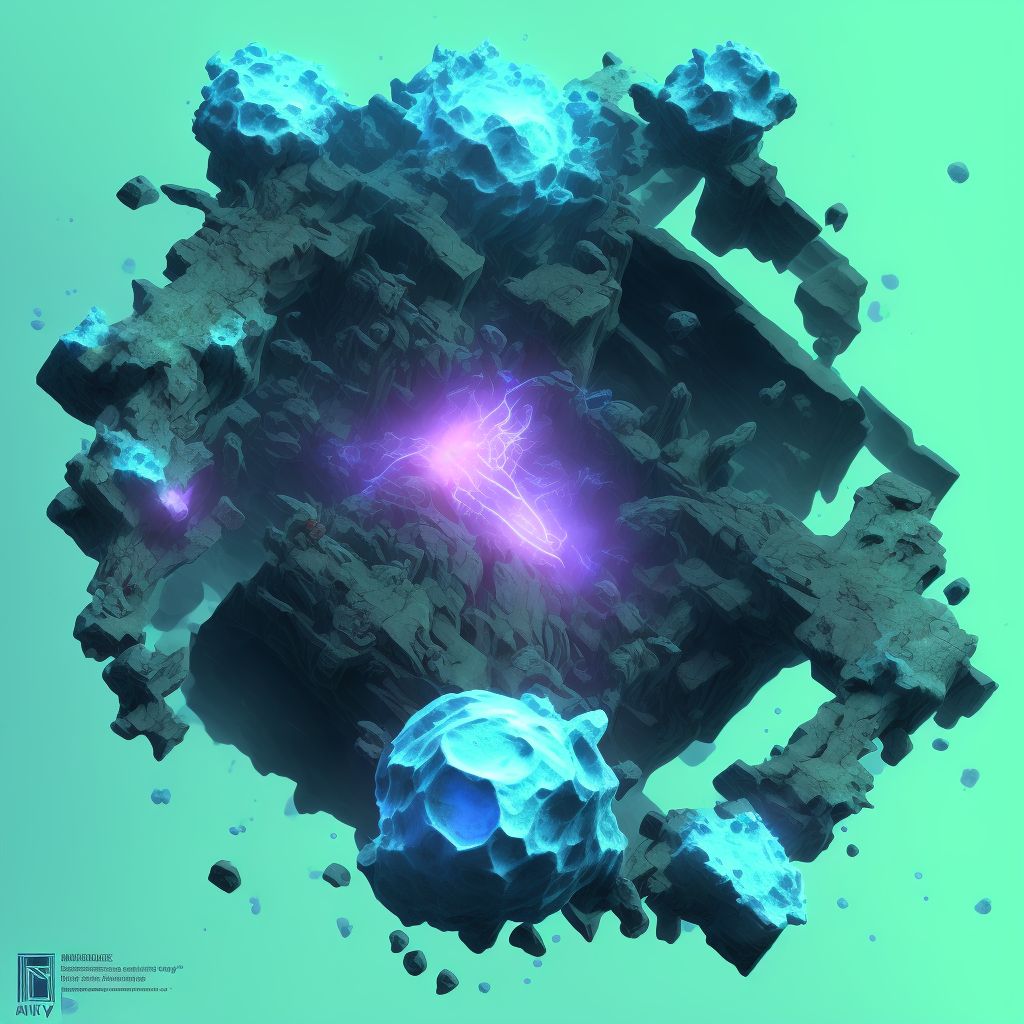
Nondisplaced oblique fracture of shaft of left fibula, subsequent encounter for open fracture type I or II with malunion Save
ICD-10 code: S82.435Q
Disease category: S82.435: Nondisplaced oblique fracture of shaft of left fibula
Nondisplaced Oblique Fracture of Shaft of Left Fibula: Understanding the Subsequent Encounter for Open Fracture Type I or II with Malunion
When it comes to orthopedic injuries, a nondisplaced oblique fracture of the shaft of the left fibula is a relatively common occurrence. This type of fracture refers to a break in the bone that is neither displaced nor significantly shifted from its original position, but rather occurs at an angle across the shaft of the fibula.
After the initial diagnosis and treatment of this fracture, patients may experience a subsequent encounter for an open fracture type I or II with malunion. In simpler terms, malunion refers to the improper healing of the bone, resulting in a misaligned or deformed union.
During this subsequent encounter, healthcare professionals will likely assess the progress of the patient's healing process and evaluate the extent of malunion present. They may use various diagnostic tools such as X-rays or CT scans to obtain a clear picture of the fracture site and its healing progression.
- Monitoring the Fracture Healing:
- Evaluating Malunion:
One of the primary objectives of the subsequent encounter is to monitor the healing process of the nondisplaced oblique fracture. This involves assessing the bone alignment, formation of callus (a healing tissue), and overall progress towards recovery.
Healthcare professionals will carefully evaluate the malunion present in the fracture site. By analyzing the misalignment or deformity, they can determine the severity of the malunion and develop an appropriate treatment plan, if necessary.
It is important to note that the subsequent encounter for an open fracture type I or II with malunion does not encompass the treatment aspect. The focus of this encounter is primarily on evaluating the progress and assessing the malunion, allowing healthcare providers to make informed decisions regarding any required intervention.
In conclusion, a nondisplaced oblique fracture of the shaft of the left fibula may lead to a subsequent encounter for an open fracture type I or II with malunion. Through this encounter, healthcare professionals monitor the healing process and evaluate the extent of malunion. By obtaining a comprehensive understanding of the patient's condition, appropriate treatment plans can be devised to ensure optimal recovery.
Treatment of Nondisplaced oblique fracture of shaft of left fibula, subsequent encounter for open fracture type I or II with malunion:
Treatment Options for Nondisplaced Oblique Fracture of Shaft of Left Fibula, Subsequent Encounter for Open Fracture Type I or II with Malunion
When it comes to the treatment of a nondisplaced oblique fracture of the shaft of the left fibula, subsequent encounter for open fracture type I or II with malunion, there are several options available. The choice of treatment depends on var...
To see full information about treatment please Sign up or Log in